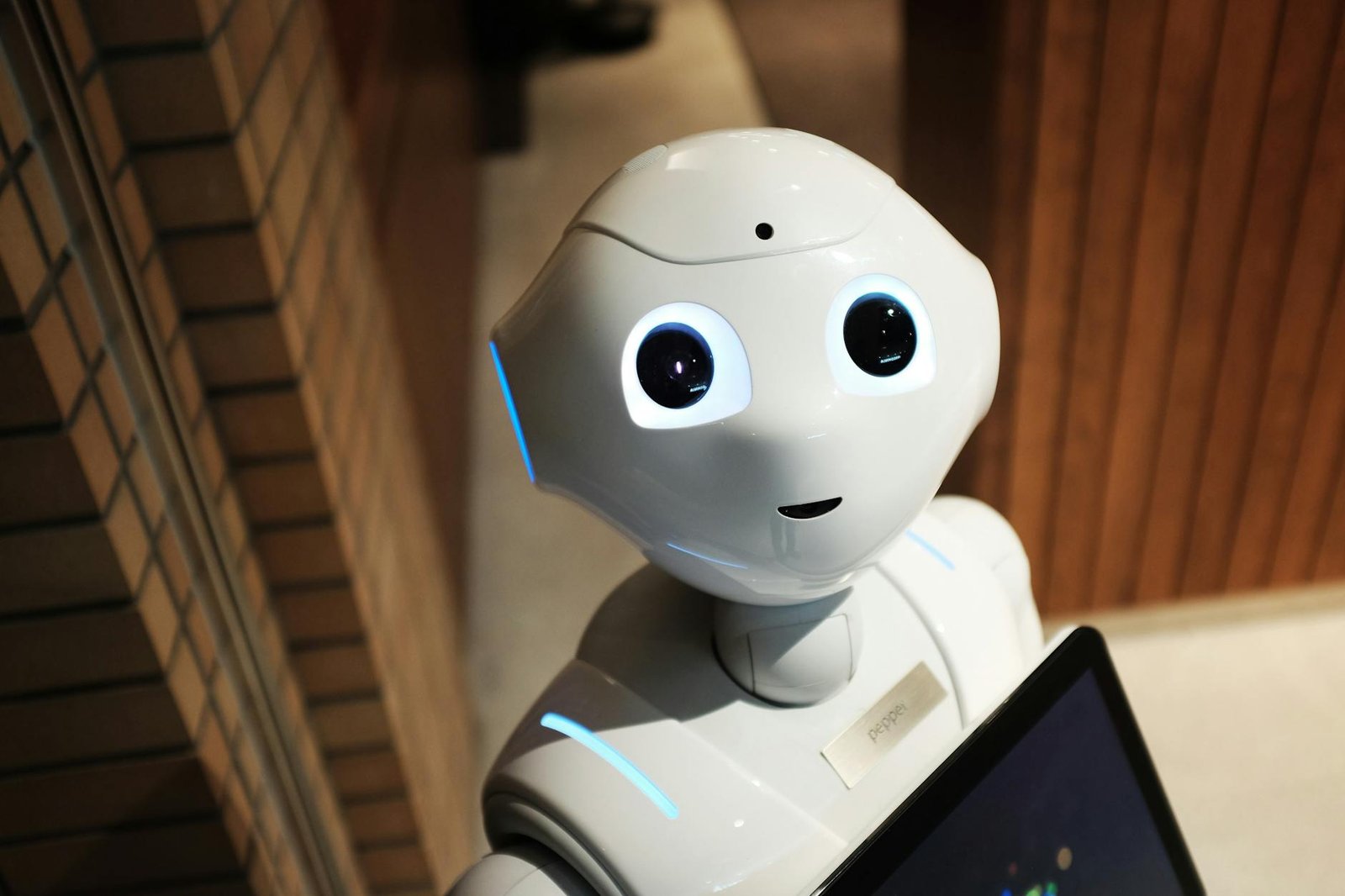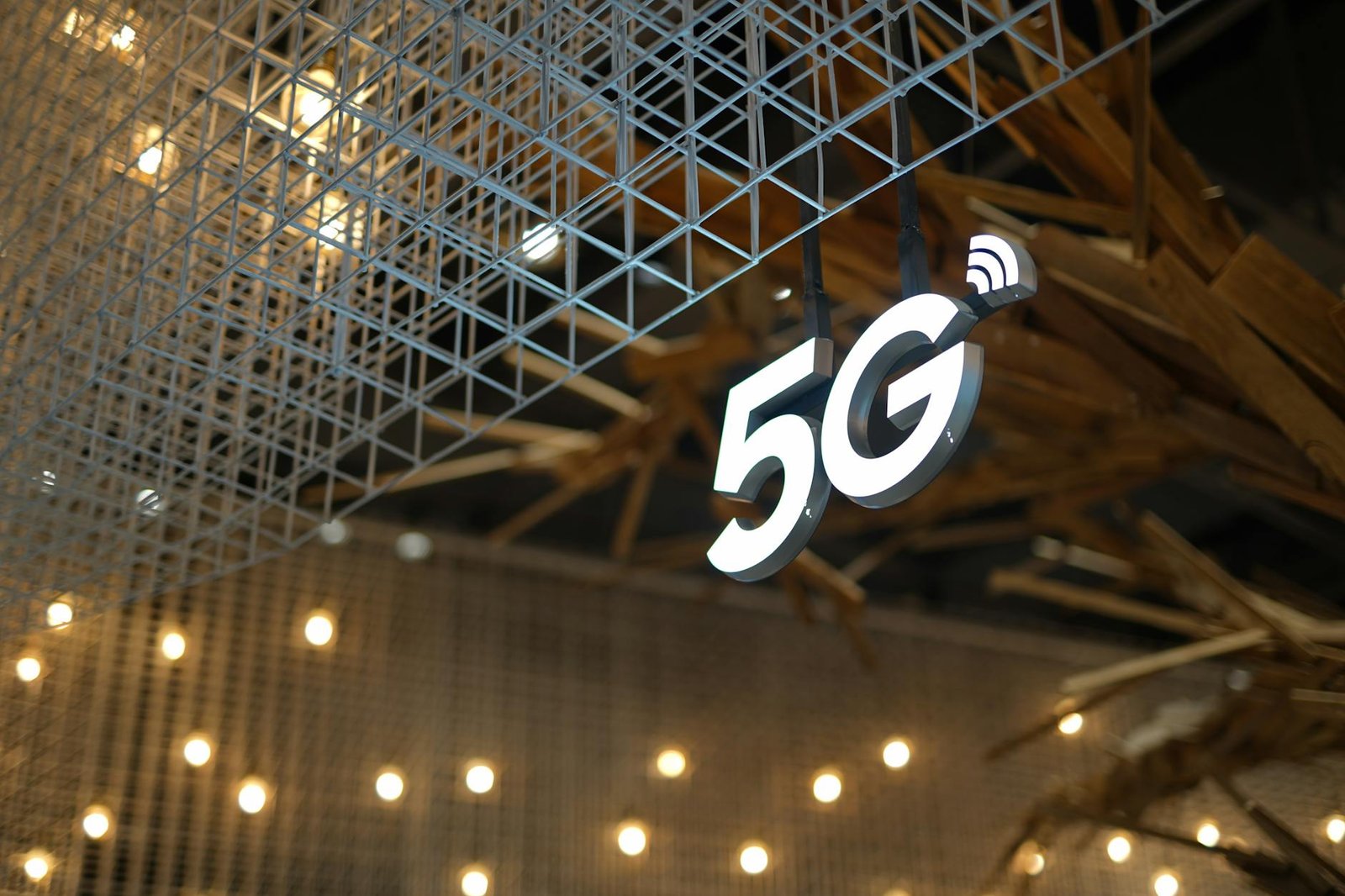
Artificial Intelligence (AI) is changing the world—and the classroom is no exception. With smart tutors, predictive analytics, and AI-powered platforms becoming part of the education system, students and teachers are stepping into a future where learning is tailored, efficient, and intelligent. But is this truly an educational revolution—or are we stepping into a digital trap?
Let’s explore how AI is reshaping education and what it really means for students, parents, and educators.
What Is AI in Education?
AI in education refers to the use of machine learning, natural language processing, and data analytics to enhance teaching and learning experiences. From intelligent tutoring systems to automated grading, AI helps create a more personalized and responsive learning environment.
Some of the most popular tools include:
- ChatGPT or AI Tutors: For answering student queries 24/7.
- Grammarly & QuillBot: For writing assistance and content improvement.
- Khan Academy’s Khanmigo: An AI-powered guide to support personalized learning paths.
Benefits of AI in the Classroom
1. Personalized Learning Paths
AI can analyze how a student learns—what topics they struggle with, how fast they progress, and their preferred learning style. Based on this, it offers customized lessons and exercises, allowing every child to learn at their own pace.
2. Instant Feedback
AI systems can instantly grade multiple-choice questions, correct grammar, or suggest math problem hints, enabling students to understand mistakes right away instead of waiting for manual corrections.
3. Teacher Support
AI doesn’t replace teachers—it empowers them. Teachers can focus more on student interaction while AI handles administrative work like attendance, test scoring, and progress analysis.
4. Inclusive Learning
AI tools offer translation, speech-to-text, and voice assistants, which make learning more accessible for students with disabilities or language barriers.
Concerns and Challenges
1. Digital Distractions
While AI offers learning tools, the devices that host them also provide access to distractions—games, social media, or irrelevant content. Without proper guidance, students can lose focus easily.
2. Data Privacy
AI tools collect a vast amount of student data. If not handled properly, this can raise serious privacy issues and potential misuse.
3. Dependency on Technology
Heavy reliance on AI might reduce critical thinking, handwriting practice, or interpersonal skills in students if not balanced with traditional methods.
4. Inequality in Access
Not every student has access to smartphones, tablets, or high-speed internet. AI tools could widen the education gap if equitable infrastructure isn’t ensured.
AI Tools Making a Difference
Here are some real-world platforms changing education through AI:
- Duolingo: Uses AI to adapt language lessons to your skill level.
- Coursera & edX: Recommend courses based on interests and past performance.
- Byju’s & Vedantu: Indian ed-tech platforms leveraging AI for visual and adaptive learning.
Teachers + AI = Best of Both Worlds
AI is best seen as a partner, not a replacement. A great teacher adds emotional understanding, moral values, and motivation—things AI cannot replicate. The ideal classroom is one where technology supports human wisdom, not replaces it.
Smart classrooms equipped with AI might assist in learning patterns, but it’s the teacher who shapes a student’s future through empathy, storytelling, and real-life experiences.
The Road Ahead
The future of AI in education looks bright:
- AI mentors might help students explore career options.
- Emotion AI could analyze student moods and offer help when someone is stressed.
- VR with AI might allow students to explore historical events or biology labs in 3D.
But with every advancement, a balanced approach is crucial.
Final Thoughts
AI in education is powerful—but like any tool, its impact depends on how we use it. With the right balance, AI can unlock every student’s potential, make teaching more effective, and prepare the next generation for a smart, connected world.
Let AI be your assistant—but never your only teacher.














